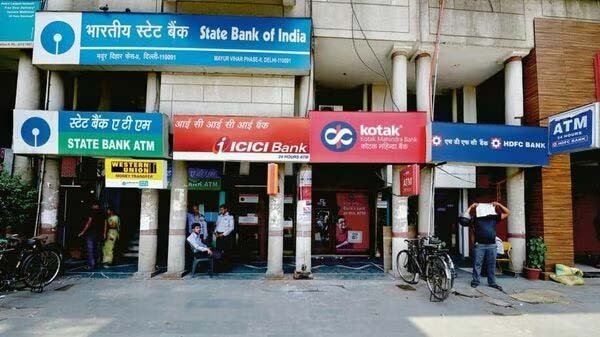The regulatory body has clarified that banks are prohibited from making spontaneous dividend disbursements.
The Reserve Bank of India (RBI) has recently introduced new rules regarding dividend declaration by banks. This update comes almost two decades after the previous revision of the rules on payouts. Although the RBI has invited feedback from banks and other stakeholders until the end of this month, bankers believe that the proposed rules won’t significantly impact the current operations of lenders. Let’s delve into the reasons behind this and why the RBI found it necessary to update the rules.
What the New Guidelines Entail?
The proposed framework aims to correlate payout ratios to net non-performing asset (NPA) ratios, replacing the current grid-based framework that links capital adequacy levels and net NPA ratio.
RBI has tightened the NPA criteria for banks eligible to pay dividends. As per the draft circular, only banks with a net NPA ratio below 6% can declare dividends, as opposed to the current 7%.
Banks must also fulfill the applicable capital requirement for each of the previous three financial years, including the year for which the dividend is proposed. For example, a commercial bank should maintain a minimum total capital adequacy of 11.5% to be eligible to declare dividends. The proposed requirement for small finance banks and payment banks is 15%, while for local area banks and regional rural banks, it stands at 9%.
Furthermore, the RBI has proposed raising the ceiling on the dividend payout ratio to 50% if the net NPA is zero, up from the previous cap of 40%.
Additionally, the regulator has specified that banks are prohibited from making ad hoc dividend payments, a practice that was allowed previously.
Reasons behind RBI’s Proposal to Revise Dividend Declaration Rules
The Reserve Bank of India (RBI) has proposed revisions to the existing dividend declaration guidelines in response to the implementation of Basel III standards, the introduction of the prompt corrective action (PCA) framework, and the establishment of differentiated banks with varying capital requirements. Basel III standards necessitate banks to uphold specific ratios and reserve capital to mitigate potential risks, with their implementation commencing in 2022. The RBI’s previous update to payout ratios occurred between 2003-05.
Anticipated Impact of the New Rules on Banks
In the past, banks in India have typically maintained dividend payouts at approximately 20%, while net non-performing assets (NPAs) ranged between 2% and 6%. Most Indian banks have successfully reduced their net NPAs to below 2%, and their dividend payouts have not exceeded 25%. Bankers assert that the proposed rules are not expected to compel banks to alter their dividend payout policies.
According to a report by Kotak Institutional Equities, “One of the reasons that the impact of the guideline is lower is because banks have been looking to grow their balance sheet ahead of their internal accruals. Hence, most banks are still in a capital consumption mode, which implies payout ratios are likely to be lower for nearly all banks. Overall, we do not see any reason for banks to change their dividend payout policies based on the current guideline.”
The proposed changes seek to align the banking sector with international best practices, reinforce capital buffers, and ensure that banks possess adequate resources to withstand potential economic challenges.
In conclusion, the RBI’s proposal introduces crucial changes to the rules governing dividend declaration by banks, with a primary focus on strengthening financial stability and ensuring responsible dividend distributions. This move reflects the regulator’s commitment to aligning banking practices with evolving economic dynamics and risk management principles. As the banking sector navigates through challenging times, these updated guidelines are poised to play a pivotal role in fostering prudential financial management within the industry.











